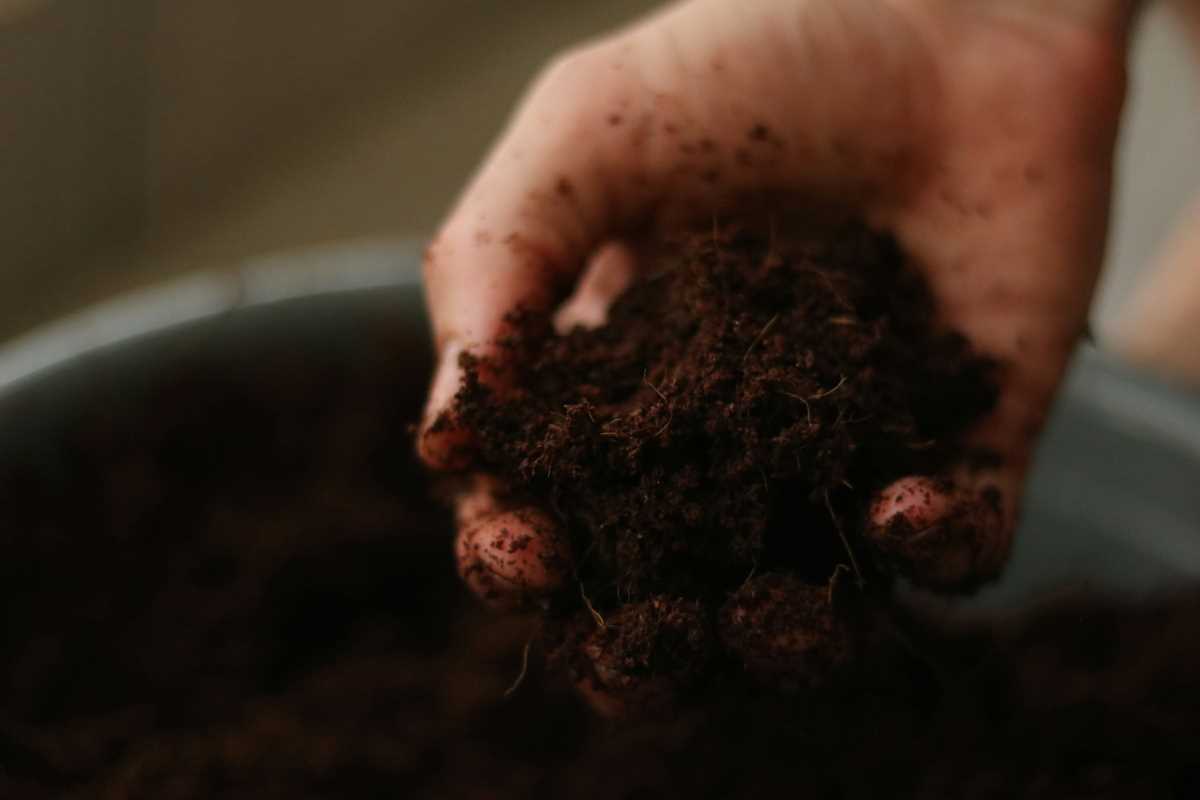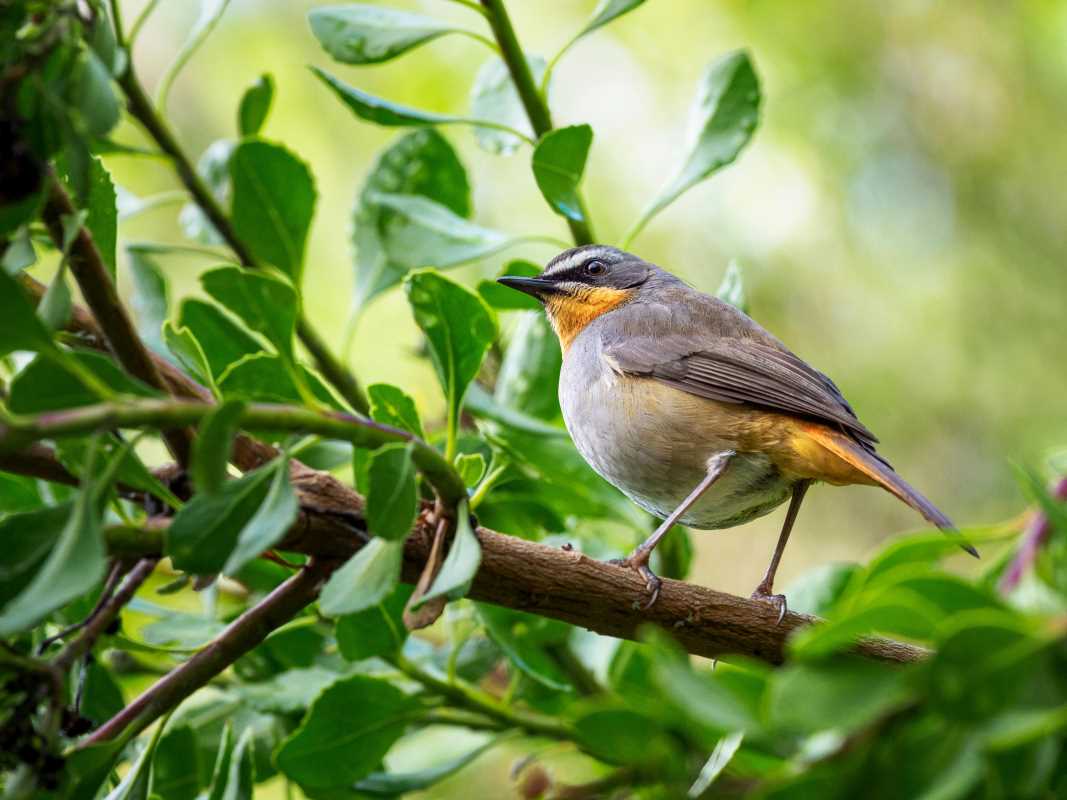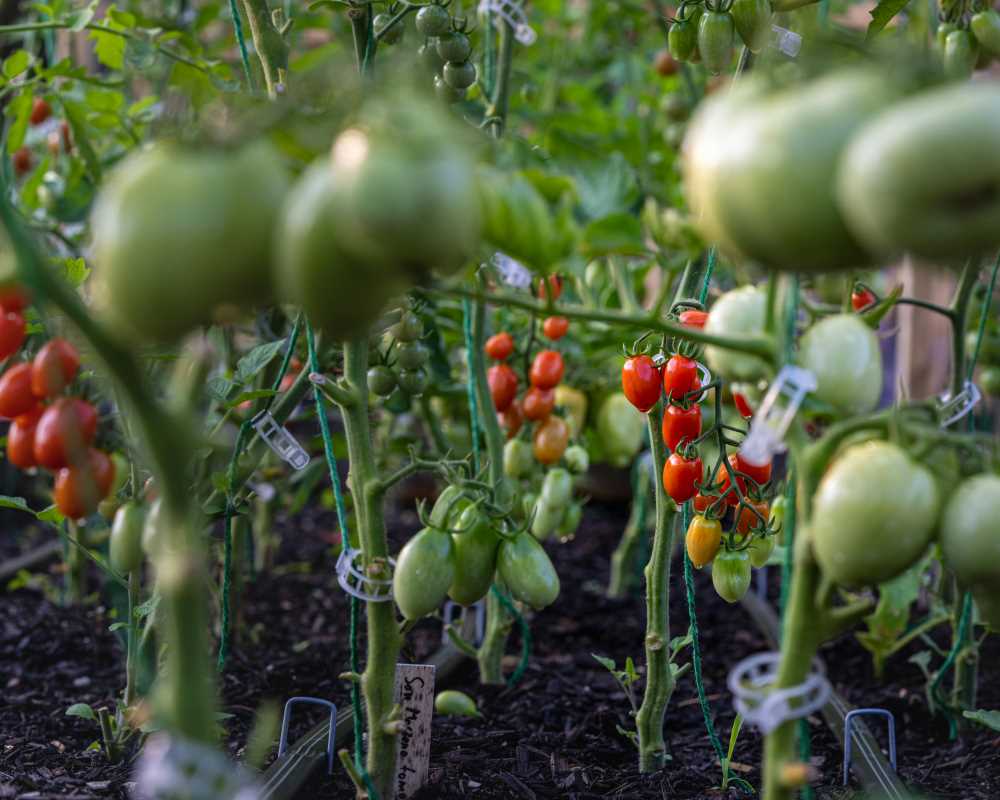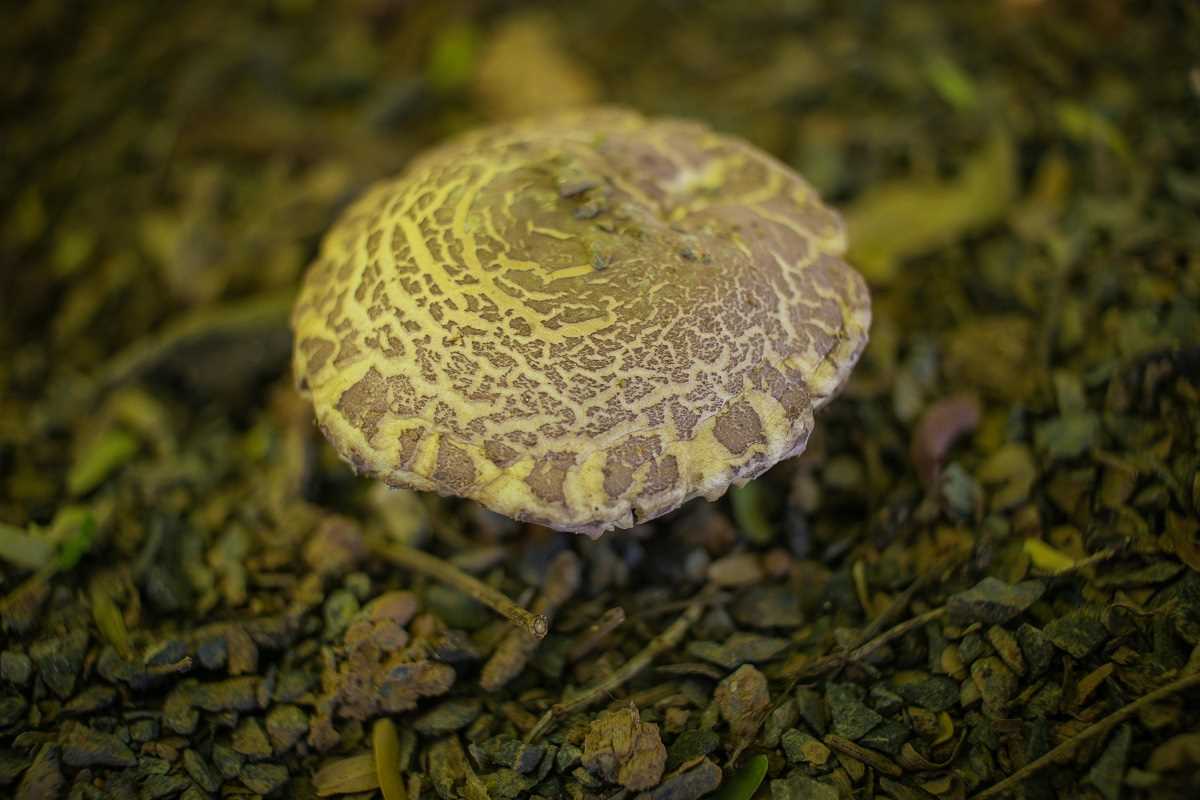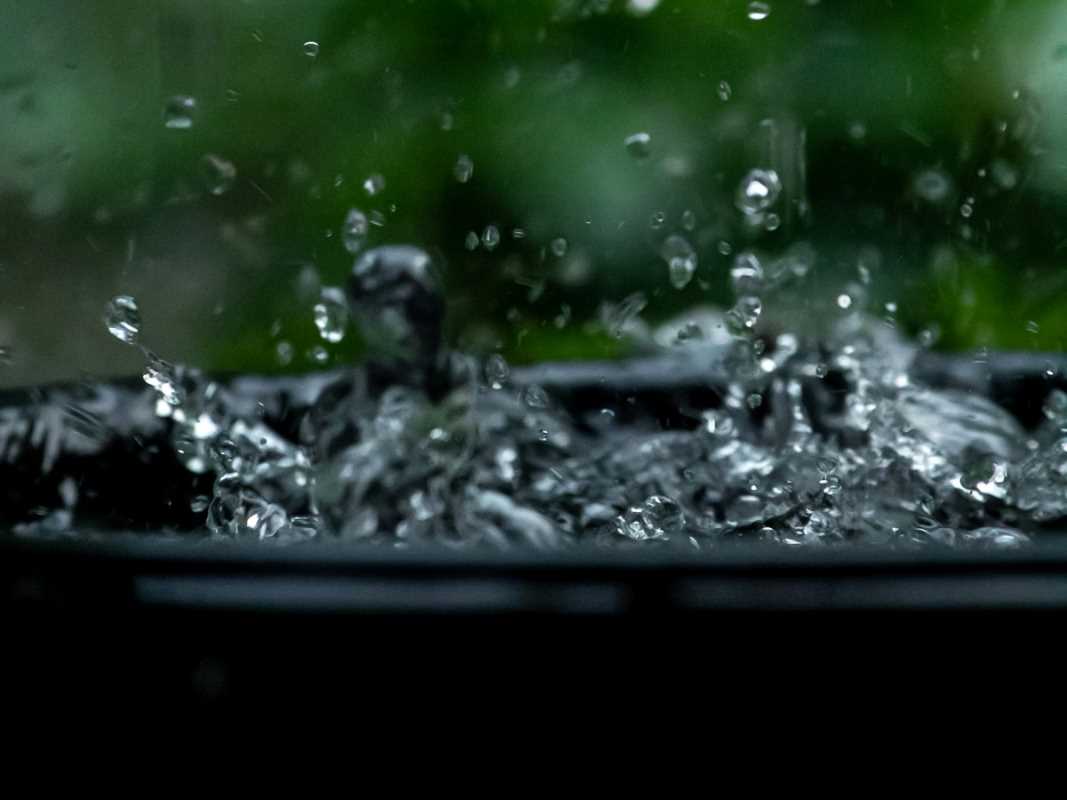Supporting pollinators by providing safe habitats has never been more important. Bee hotels offer a simple, eco-friendly way to help solitary bees thrive while also boosting the health of your garden. Solitary bees, including mason and leafcutter bees, do not live in hives but instead nest in holes and crevices. A DIY bee hotel mimics these natural nesting sites and can be made with sustainable, cruelty-free materials.
This guide will walk you through the process of creating your own bee hotel, ensuring that it is safe, attractive, and effective for supporting local pollinator populations.
Materials You’ll Need
Here’s a list of eco-friendly, vegan materials for building your bee hotel:
Frame:
- Untreated wood planks or scrap pieces (sustainably sourced or reclaimed)
- Wooden crate, box, or thick branch with a hollow center
Nesting Materials:
- Bamboo canes cut into pieces (6–8 inches long)
- Paper straws (make sure they are biodegradable and free of coatings)
- Hollow plant stems like those from elderberry, sunflower, or giant reed grass
- Drilled wooden blocks (use a 5/16-inch drill bit for mason bees)
Additional Tools:
- Saw
- Drill
- Sandpaper or a file
- Non-toxic, weatherproof wood glue or screws
Optional (but Recommended):
- Chicken wire or a mesh screen (vegan alternatives) for protecting the hotel from predation
- Plant-based varnish or wood finish for durability
Step-by-Step Instructions
Step 1. Choose Your Frame
Start by deciding the size and shape of your bee hotel. You can use a wooden box, a thick hollow log, or build a rectangular structure from untreated wood. Aim for a depth of at least 6 inches to provide adequate nesting space.
- If building a frame from scratch, nail or glue the wood planks into a rectangular or square box shape. Leave one side open for inserting the nesting materials.
- Sand down all edges to prevent splinters and ensure a smooth finish that is safe for bees and handlers.
Step 2. Prepare the Nesting Materials
The nesting materials are where the bees will lay their eggs. Incorporate a variety of materials to attract different species of solitary bees.
Bamboo Canes and Hollow Stems:
- Cut hollow bamboo canes or stems into uniform lengths of 6–8 inches.
- Ensure the openings are smooth and free of rough edges by filing or sanding.
Drilled Wood Blocks:
- Take thick blocks of untreated wood and drill multiple holes, spacing them evenly.
- Use various drill bit sizes between 4 mm and 9 mm to accommodate different bee species.
- Avoid drilling all the way through; deep but closed-ended holes work best.
- Smooth the edges of each hole to prevent splinters.
Paper Straws:
- Use biodegradable, plant-based paper straws if you prefer a more lightweight option.
- Cut them to the same length as other materials to fit snugly in the frame.
Step 3. Assemble the Bee Hotel
Now it’s time to fill the frame with your prepared materials.
- Pack Tightly: Place the bamboo canes, plant stems, wooden blocks, and paper straws into the frame.
- Insert the materials tightly to keep them stable and prevent movement when the wind blows.
- Layer different types of nesting materials for visual appeal and to provide varied options for the bees.
- Add Protection: If your region has predators like birds or small mammals, consider fastening a piece of chicken wire or mesh over the open side of the hotel. Attach it securely around the edges so it doesn’t block the bees’ access.
Step 4. Install and Maintain Your Bee Hotel
Where and how you position your bee hotel plays a crucial role in its success.
Placement Tips:
- South-Facing: Mount the bee hotel in a sunny, south-facing spot to keep it warm. Bees thrive in bright, dry environments.
- Stable Position: Secure it to a post, wall, or tree at a height of 3–6 feet. Avoid placing it on the ground where it may collect moisture.
- Sheltered Spot: Position the hotel under an overhang or cover to protect it from heavy rain.
Maintenance Made Simple:
- Annual Cleaning: At the end of the year, clean out used nesting materials to prevent the spread of parasites or diseases. Replace them with fresh materials.
- Check for Mold: Inspect the hotel periodically to ensure the nesting areas stay dry and mold-free.
- Avoid Moving: Once installed, keep the hotel in place to avoid disorienting the bees.
Tips for Supporting Bee Populations
To maximize the benefits of your bee hotel, consider these additional steps:
- Plant a Pollinator Garden: Provide ample food sources near the hotel. Choose native, nectar-rich plants that bloom throughout the growing season.
- Avoid Chemicals: Refrain from using pesticides or herbicides in the vicinity of your bee hotel.
- Offer Water: Place a shallow dish of water nearby with pebbles or twigs so bees can safely drink.
Bee hotels are an easy, impactful project that helps struggling pollinator populations. While honeybees often get the spotlight, solitary bees are just as important for the environment, and they’re incredibly efficient pollinators.
 (Image via
(Image via